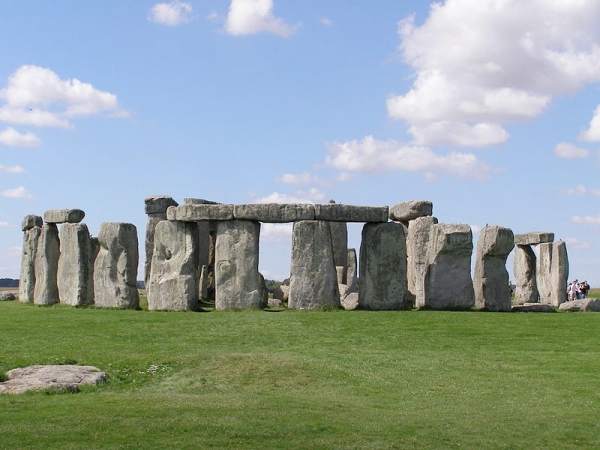Researchers have concluded that Stonehenge was built as a monument to unify the peoples of Britain after an extended period of conflict and regional difference between east and west.
Indeed, its stones are believed to have symbolized the ancestors of different groups of earliest farming communities in Britain – with some stones originating from southern England and others from west Wales.

The teams, from the universities of Sheffield, Manchester, Southampton, Bournemouth and University College London, all working on the Stonehenge Riverside Project (SRP), explored not just Stonehenge and its landscape but also the wider social and economic context of the monument’s primary stages of construction around 3,000 BC and 2,500 BC.
“When Stonehenge was built there was a growing island-wide culture – the same styles of houses, pottery and other material forms were used from Orkney to the south coast. This was very different to the regionalism of previous centuries,” explained Professor Mike Parker Pearson of the University of Sheffield.
“Stonehenge itself was a massive undertaking, requiring the labour of thousands to move stones from as far away as west Wales, shaping them and erecting them. Just the work itself, requiring everyone literally to pull together, would have been an act of unification.”
According to Parker, Stonehenge may have been built in a place that already boasted special significance for prehistoric Britons. To be sure, the SRP team determined that its solstice-aligned Avenue sits upon a series of natural landforms that, by chance, form an axis between the directions of midsummer sunrise and midwinter sunset.
“When we stumbled across this extraordinary natural arrangement of the sun’s path being marked in the land, we realized that prehistoric people selected this place to build Stonehenge because of its pre-ordained significance,” said Pearson.
“This might explain why there are eight monuments in the Stonehenge area with solstitial alignments, a number unmatched anywhere else. Perhaps they saw this place as the centre of the world.”
Although many people flocked to Stonehenge last week for the summer solstice, it seems that the winter solstice was the more significant time of the year when Stonehenge was built 5,000-4,500 years ago.
“We can tell from aging of the pig teeth that higher quantities of pork were eaten during midwinter at the nearby settlement of Durrington Walls, and most of the monuments in the Stonehenge area are aligned on sunrise and sunset at midwinter rather than midsummer,” Pearson noted.
“At Stonehenge itself, the principal axis appears to be in the opposite direction to midsummer sunrise, towards midsummer sunset, framed by the monument’s largest stone setting, the great trilithon.”
Unsurprisingly, Pearson and the rest of the SRP team emphatically rejected ideas that Stonehenge was somehow inspired by ancient Egyptians or extra-terrestrials.
“All the architectural influences for Stonehenge can be found in previous monuments and buildings within Britain, with origins in Wales and Scotland. In fact, Britain’s Neolithic people were isolated from the rest of Europe for centuries.
“Britain may have become unified but there was no interest in interacting with people across the Channel. Stonehenge appears to have been the last gasp of this Stone Age culture, which was isolated from Europe and from the new technologies of metal tools and the wheel,” he added.






